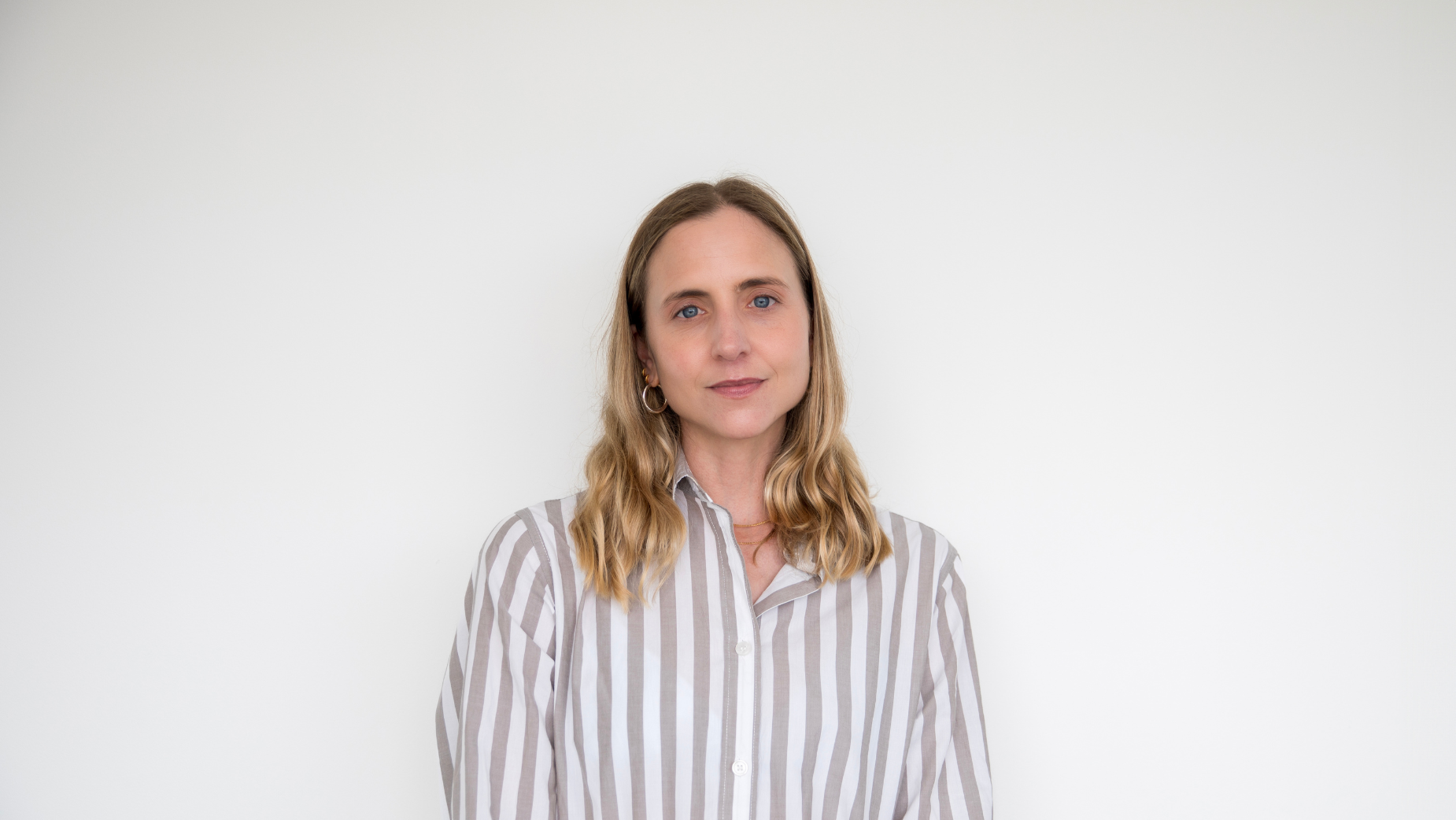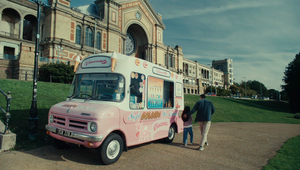
Planning for the Best: Yelena Ford on Why the Best Strategists Stay Curious

As strategy director at Wolff Olins, Yelena brings 15 years of experience, working both on the agency side as a strategy consultant, and as a managing director and commercial director, building a successful luxury, retail business for eight years that bridged the physical and digital spheres. As such, Yelena brings an entrepreneurial and financially aware approach to her consulting; acting as a bridge between imagination and practicality.
She holds particular expertise in developing effective growth strategies that deliver for the brand and business, which powerfully engage board-level and C-suite stakeholders in a long-term vision. As a consultant, Yelena’s industry experience spans multinationals across retail, technology, travel, and culture; working across brand strategy, brand architecture, visual and verbal identity and brand experience.
LBB> What do you think is the difference between a strategist and a planner? Is there one?
Yelena> The line between strategist and planner is increasingly blurred, and in some cases the labels don’t necessarily feel useful. Ultimately, both roles deliver incredible value within their organisations – often drawing on insights, data, commercial drivers, market context and customer needs to build a strategy or roadmap that is going to move the brand on in transformative ways.
That could be through the reframing of a problem to unlock an unexpected solution (traditionally the remit of a strategist) or an incredible marketing and implementation roadmap (traditionally the remit of a planner). In both cases, we’re seeking to get audiences to reconsider the brand; to help see it in a new light.
Historically, there would have been a sequencing between the roles with strategy first, and planning second. But I think it’s healthy to question this as well – both need to be aware and operate within the reality of the other.
At Wolff Olins, we know that the best strategy is one that can be translated and activated across the whole brand experience to make it real and tangible. That pragmatism and understanding around implementation is essential, otherwise strategy is at risk of being abstract, un-actionable and forgotten.
LBB> What part of the job do you enjoy the most?
Yelena> My brain is quite analytical and enjoys processing a lot of information from multiple directions. So the immersion phase and the delivery of that first strategic insight deck is probably my heartland.
Where you’re getting under the skin of the business through analysis, interviews, research – understanding the inflection point that the brand is in the midst of and how they can take advantage of it in a way that only they can. Swimming through the depths and then being able to surface with an idea which you know will transform and future-proof the business, as well as give it a unique role with impact - that’s what I really love to do. And it should feel effortless, inevitable – not laboured.
LBB> What strategic maxims, frameworks or principles do you find yourself going back to over and over again? Why are they so useful?
Yelena> I love the utility and the real-world, need-driven focus of the ‘Jobs to Be Done’ theory. It forces you to look beyond surface-level considerations and actually dig into the deeper emotional and social drivers.
Another one, which is not rocket science but is given a fancy title, is 'strategic sacrifice' – the idea that a strong strategy should guide the brand largely around what it should not do, as well as what it should do. In a world of infinite possibilities, brands must act with even greater precision and focus to have cut-through, so this I find to be incredibly powerful. It also applies to our own work – choosing which parts of the story we don’t tell, in order to land the point more powerfully.
LBB> What sort of creatives do you like to work with? As a strategist, what do you want them to do with the information you give them?
Yelena> I love working with creatives who see strategy not as a constraint, but as something to supercharge their ideas and thinking. The best creatives I've worked with are voracious consumers of the strategic input – they ask probing questions, challenge assumptions and use strategy as a springboard for unexpected creative leaps. When designers interpret and build on the strategy and take it to places I couldn’t have even imagined. That’s the most exciting part!
LBB> There’s a negative stereotype about strategy being used to validate creative ideas, rather than as a resource to inform them and make sure they’re effective. How do you make sure the agency gets this the right way round?
Yelena> At Wolff Olins, strategy and creative always works hand-in-hand. We involve designers early in the strategic process, so they're part of shaping the direction. This ensures the final strategy feels generative rather than restrictive for designers as they develop the creative components of the work. We also encourage an ongoing dialogue throughout the process, rather than treating them as separate, sequential phases.
LBB> What have you found to be the most important consideration in recruiting and nurturing strategic talent? And how has Covid changed the way you think about this?
Yelena> Curiosity is a really key trait we look for. The best strategists have an insatiable appetite for learning and making connections across diverse fields. Often they’re not coming from the typical, graduate-scheme path but have forged their way through different experiences which have built their thought patterns, approaches and minds in unique ways. This diversity is crucial.
We tend to cast our net quite wide in terms of backgrounds when we’re looking for new talent, so that we’re building robust and innovative teams. There’s not much point if we’re all thinking in the same way. Covid has also reinforced the importance of adaptability and resilience; we look for strategists who can thrive in ambiguity and rapidly-changing circumstances.
LBB> Do you have any frustrations with planning/strategy as a discipline?
Yelena> One ongoing frustration is the tendency for strategy to become overly academic or detached from reality. We need to guard against navel-gazing and ensure our work remains grounded in real human needs and business realities. Another challenge is the pressure to oversimplify complex ideas for the sake of easy communication. While clarity is crucial, we shouldn't shy away from necessary complexity (sometimes).















